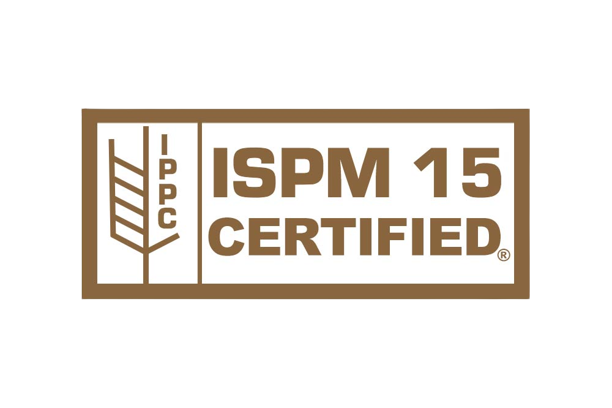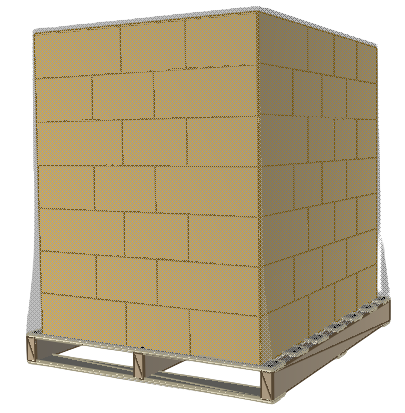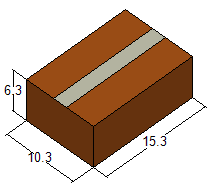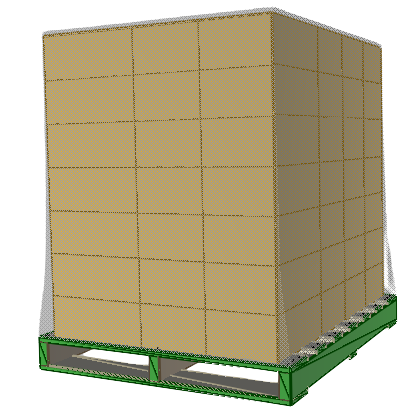2. Design
What to expect
Once your Assessment is complete, our specialists will work behind the scenes to redesign your packaging to meet your organization’s packaging needs and sustainability goals. This page details the design process and the work we have done in our reference case for Acme Foods.
Modeling more than packaging
Our design process includes far more than packaging itself. We use specialized tools to simulate the stresses of the entire packaging supply chain, allowing us to design packaging that provides a desired level of performance for your unique needs. We create custom designs that are compatible with your existing operation, providing guidance on any adaptations will be necessary to implement your packaging solutions.
Compliance and Standards
All Y.G. Packaging Solutions designs are created to adhere to relevant industry standards and regulations. We perform structural analyses on our designs to make sure they will withstand their service environment. We are able to help your organization comply with these standards if you do not already.* Below, you will find a list of standards used to guide the Y.G. eco-design process.



*The packaging producer is ultimately responsible for ensuring packaging products are compliant with relevant standards and regulations. Designs supplied by Y.G. Packaging Solutions are not a guarantee of the performance of packaging products produced by another party according to our designs.
Design changes for Acme Foods
A real Y.G. Packaging Solutions project includes dozens of potential design changes to come to an optimal packaging solution. In the Acme Foods example, we identified just three design changes that would address Acme’s product damage issues while reducing emissions and implementing 100% recyclable materials:
1. Changes to pallet deckboard design
Research from Virginia Tech shows that increasing pallet deckboard thickness reduces the costs and environmental impacts of a unit load by transferring some mechanical stress to the pallet and away from the corrugated boxes on top of it. This allows a less expensive and more resource efficient box design to be used.
The thickness of the top and bottom deckboards was increased from 3/8″ to 5/8″. The nominal width of the leading top and bottom deckboards was increased from 4″ to 6″ to reduce the incidence of pallet damages and prolong the lifespan of the pallet by three handling cycles, allowing for reuse after Acme foods has dispatched the unit load. Deckboards of the new dimensions are commonly available, and a local pallet manufacturer has agreed to produce the new design.


This design change increased the maximum safe load for forklift handling to within an acceptable range, preventing future incidence of product damage from forklift handling.
2. Changes to case stacking pattern
The case stack pattern was changed from interlocked to column, but the original layer design was retained, allowing the stacking pattern to be used with existing palletizing equipment in Anytown.


Studies show that column stacked cases have higher compression strength than equivalent interlocked stacked cases, at the cost of lateral stability. This reduces the incidence of damaged unit loads from box failure during shipping and allows a less substantial corrugated board to be used. In this case, no additional stretch wrap was needed to stabilize the load.
An added benefit of this design change is a reduction in labor of one minute per unit load due to more efficient palletization. The palletization table no longer has to rotate after each layer is built, which improves equipment utilization and reduces operator workload. This will be accounted for using our cost modeling tool later in the eco-design process.
3. Changes to corrugated case design
Despite being a recyclable, bio-based material, paper and paperboard packaging is highly energy intensive and impactful on local ecosystems to produce. As a result, reduction in new corrugated material is an objective in many Y.G. eco-design projects.

In this case, the board strength was reduced from 32 ECT to 28 ECT and its recycled content was increased from 40% to 70%, made possible by design changes to the pallet and stacking pattern. This change reduces the mass of new corrugated material in the unit load and has an outsize impact on reducing the costs and impacts of the packaging system, which will be seen in a later section.
Acme Foods’ improved design
| Criteria | Before | After |
| Distribution packaging cost | $58.50 | $56.00 |
| Product damage rate | 5% | 1% |
| Recycled content | 16% | 25% |
| Recyclability | 100% | 100% |
| Workload | 5 min. | 4 min. |

Through the above designed changes, Acme Foods was able to reduce the cost of their distribution packaging from $58.50 to $56.00 per unit load, a 4.3% savings. Their damages in transit were reduced from 5% to 1%. Recycled content in the unit load packaging was increased from 16% to 25% while maintaining 100% recyclability. Finally, workload per unit load was reduced from 5 minutes to 4 minutes.
Next steps
Following Design is Delivery, which involves the outputs of the eco-design process and their benefits to you as a packaging user. The next section provides examples of the deliverables and results you can expect from a Y.G. eco-design project.
